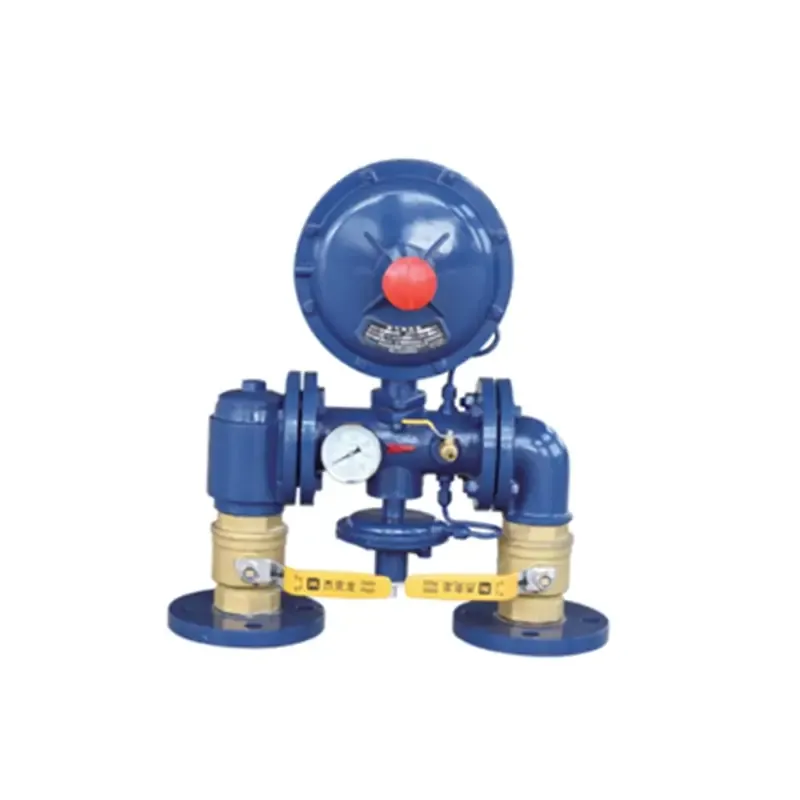
Sep . 30, 2024 10:37
Back to list
Natural Gas Valve Operation and Maintenance Guide
The Importance of Natural Gas Regulators in Energy Distribution
Natural gas has become an essential component of the global energy landscape, serving as a cleaner alternative to coal and oil. With its wide range of applications, from heating residential homes to fueling power plants, the efficient and safe distribution of natural gas is crucial. One of the key components in this distribution system is the natural gas regulator, a device that plays a pivotal role in maintaining the safety and efficiency of the gas flow.
Understanding Natural Gas Regulators
A natural gas regulator is a mechanical device used to control the pressure of the gas flowing through pipelines. By reducing the pressure from the high levels at which natural gas is transported through transmission pipelines to a lower, more manageable level suitable for use in residential, commercial, and industrial applications, regulators ensure that end-users receive a steady and safe supply of gas.
The primary function of a regulator is to maintain a constant outlet pressure regardless of the fluctuations in the inlet pressure or the varying demand from gas consumers. This feature is crucial as it prevents potential hazards such as gas leaks or explosions, which can occur if the pressure is too high. Regulators come in various designs and sizes, tailored for specific applications, from small residential systems to large industrial setups.
Types of Natural Gas Regulators
.
1. First-Stage Regulators These are typically used in the gas transmission system. They reduce the high pressure of natural gas coming from transmission pipelines to a lower intermediate pressure for distribution. They are essential for ensuring that the gas is at a suitable pressure before it reaches the distribution networks.
صمام الغاز الطبيعي

2. Second-Stage Regulators These regulators further decrease the gas pressure to a level that is suitable for end-user consumption. They are commonly found in residential gas meters or commercial settings, ensuring that the gas is delivered safely and effectively to appliances and systems that rely on it.
The Safety Mechanism
Safety is paramount in the natural gas industry, and regulators are equipped with various features to enhance safety. Many modern regulators include built-in safety mechanisms such as overpressure protection and relief valves. These features automatically release excess pressure if it exceeds the set limits, preventing possible damage to pipelines and appliances. Moreover, regular maintenance and inspection of these devices are essential to ensure their proper functioning and to detect any potential issues before they escalate into dangerous situations.
Environmental Implications
The transition towards natural gas has significant environmental implications. Natural gas burns more cleanly than other fossil fuels, emitting lower levels of carbon dioxide and pollutants. The effective regulation of its flow plays a crucial role in optimizing its use, thereby reducing waste and potential emissions. Furthermore, advancements in regulatory technology are paving the way for even more efficient systems that can aid in minimizing the environmental footprint of natural gas consumption.
Conclusion
In conclusion, natural gas regulators facilitate the safe and efficient distribution of natural gas, making them a critical component of the energy infrastructure. Their ability to manage gas pressure not only ensures a reliable supply but also significantly contributes to safety and environmental protection. As the demand for cleaner energy sources continues to grow, the innovation and enhancement of natural gas regulatory systems will play a vital role in shaping the future of energy consumption. Enhancing the reliability and efficiency of these systems will be fundamental to meeting global energy needs while also addressing environmental challenges. As we move forward, investment in technology and infrastructure surrounding natural gas distribution and regulation will be crucial for a sustainable energy future.
Latest news
-
Safety Valve Spring-Loaded Design Overpressure ProtectionNewsJul.25,2025
-
Precision Voltage Regulator AC5 Accuracy Grade PerformanceNewsJul.25,2025
-
Natural Gas Pressure Regulating Skid Industrial Pipeline ApplicationsNewsJul.25,2025
-
Natural Gas Filter Stainless Steel Mesh Element DesignNewsJul.25,2025
-
Gas Pressure Regulator Valve Direct-Acting Spring-Loaded DesignNewsJul.25,2025
-
Decompression Equipment Multi-Stage Heat Exchange System DesignNewsJul.25,2025

